The U.S. Federal Reserve has decided to disband its internal working group dedicated to crypto oversight, raising fresh questions about how the central bank plans to manage the fast-growing digital asset sector. The group, which was formed to study cryptocurrencies, stablecoins, and blockchain technology, was officially scrapped this week as the Fed said it would instead address digital asset policy through its broader supervisory and regulatory divisions.
The move comes at a time when crypto markets are gaining traction globally, with institutional players increasingly entering the space and lawmakers debating the framework for stablecoins and tokenized assets. By eliminating the dedicated team, some analysts believe the Fed is signaling that it does not view crypto as requiring a siloed approach, but rather as part of the larger financial system. Others, however, worry that removing a specialized body could dilute expertise and slow the central bank’s ability to respond to emerging risks.
Over the past two years, U.S. regulators have taken a fragmented stance on digital assets. While the Securities and Exchange Commission (SEC) and the Commodity Futures Trading Commission (CFTC) continue to assert jurisdiction over parts of the market, the Fed has focused mainly on the risks posed by stablecoins and their potential to impact monetary policy and payment systems. Federal Reserve Chair Jerome Powell previously highlighted the need for guardrails around stablecoins, calling them “money-like instruments” that could influence financial stability if left unchecked.
Market observers note that the Fed’s decision may also reflect confidence in other agencies’ roles under the recently passed GENIUS Act, which expands oversight of stablecoin issuers and clarifies the powers of the SEC and CFTC. Still, with crypto adoption accelerating and the global race for central bank digital currencies (CBDCs) intensifying, the Fed’s retreat from a dedicated crypto team could leave the U.S. less agile compared to jurisdictions such as the European Union and Asia, where regulators have advanced comprehensive digital asset frameworks.

.svg)
































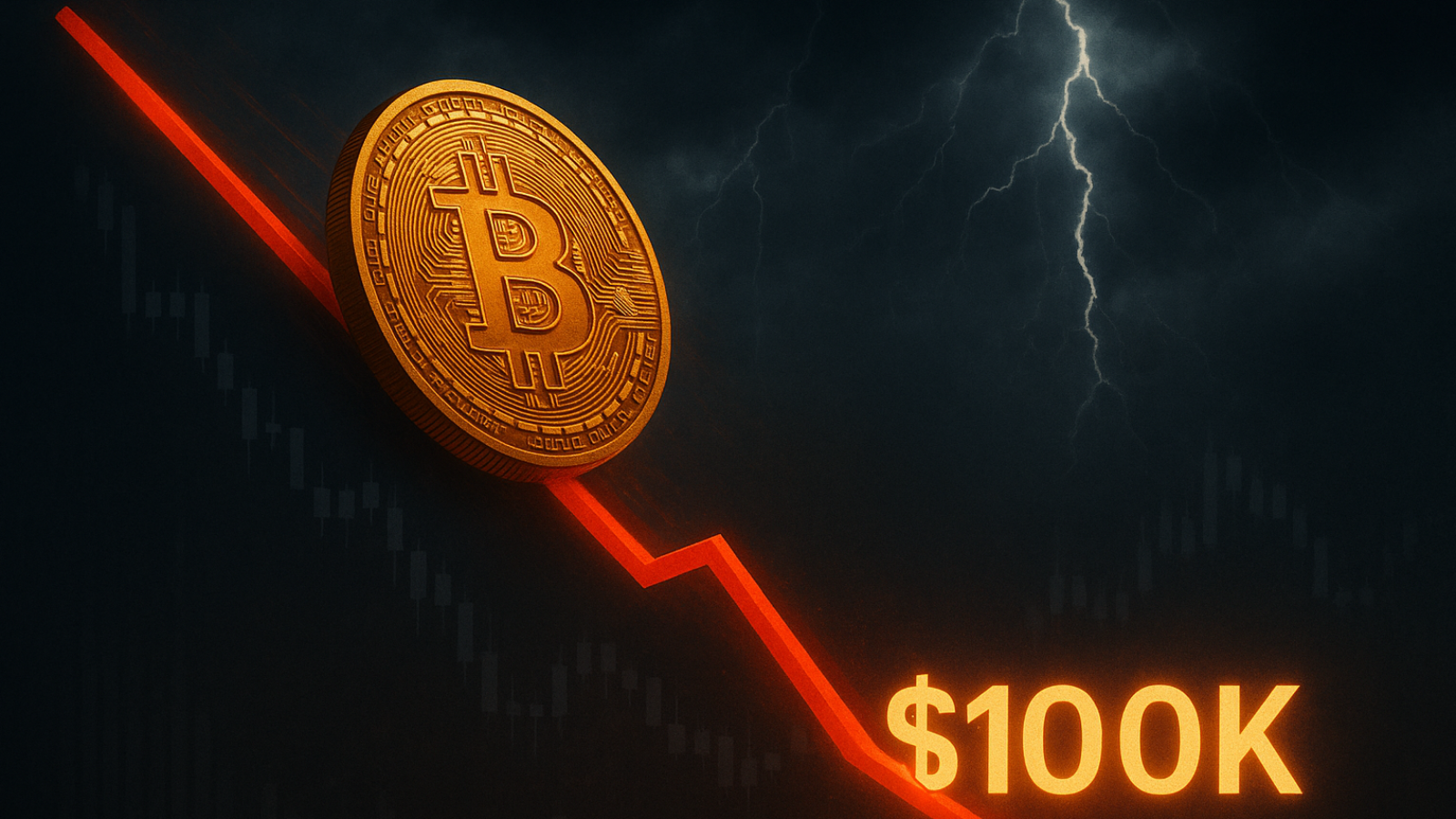
















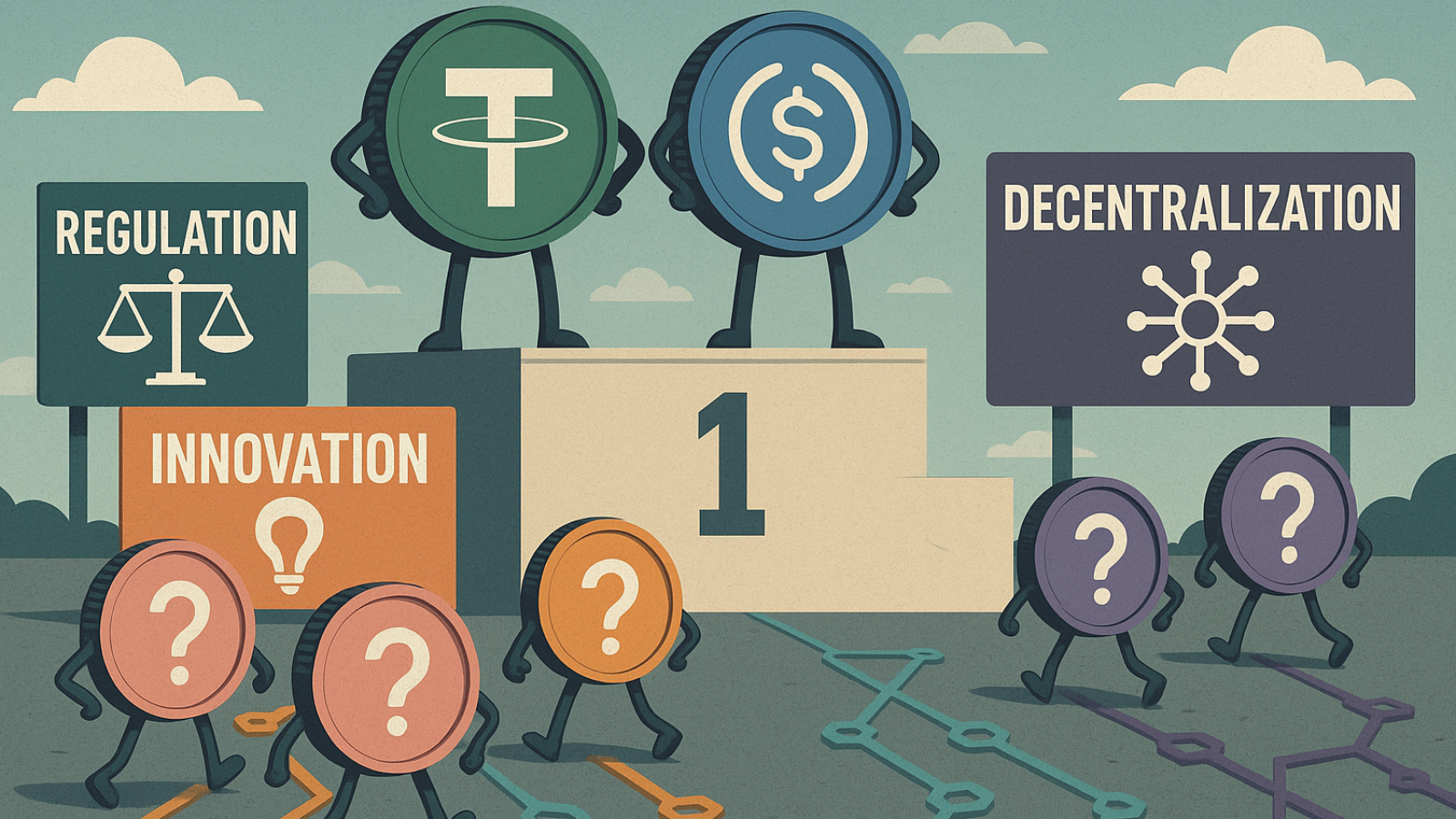



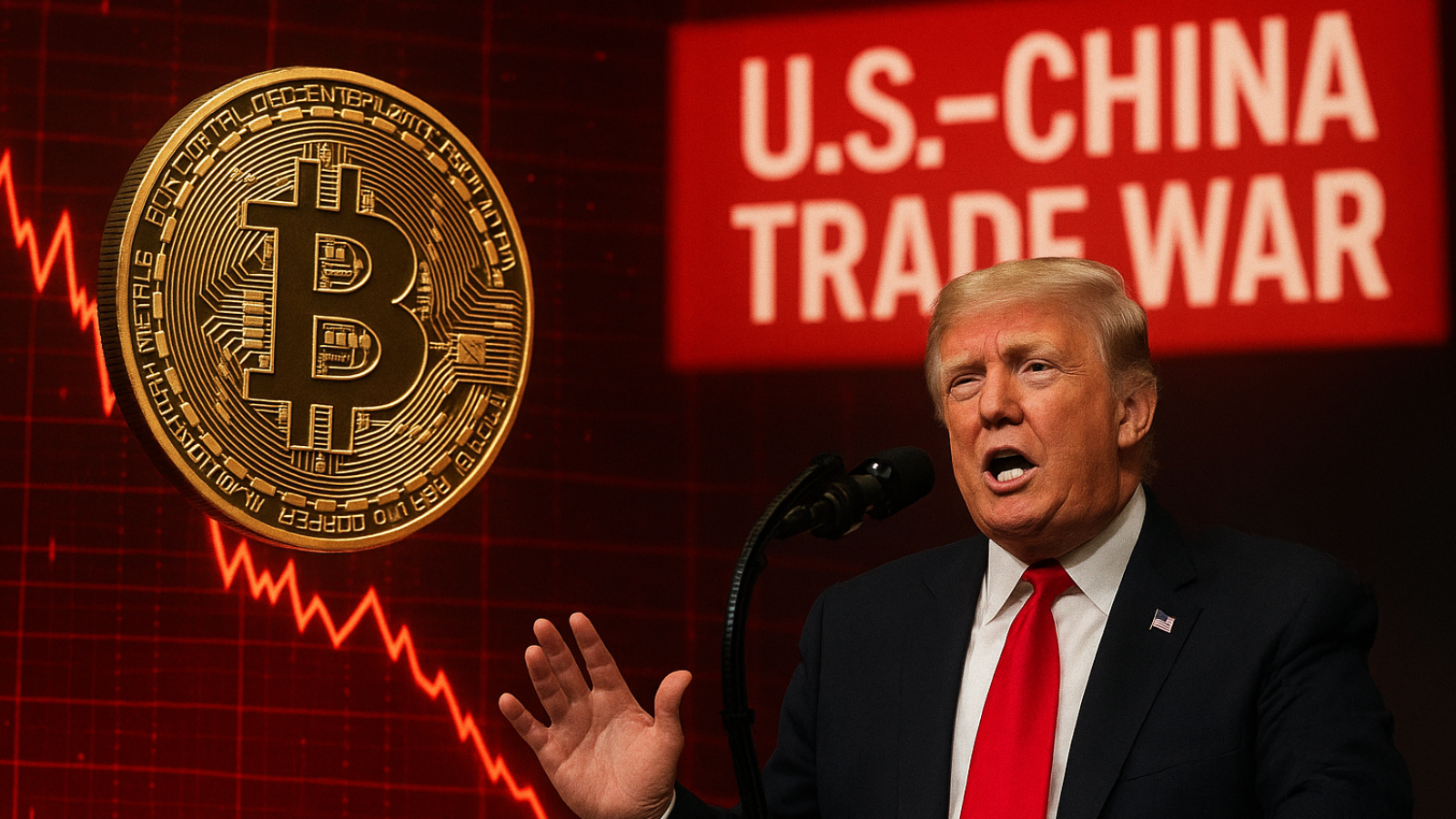












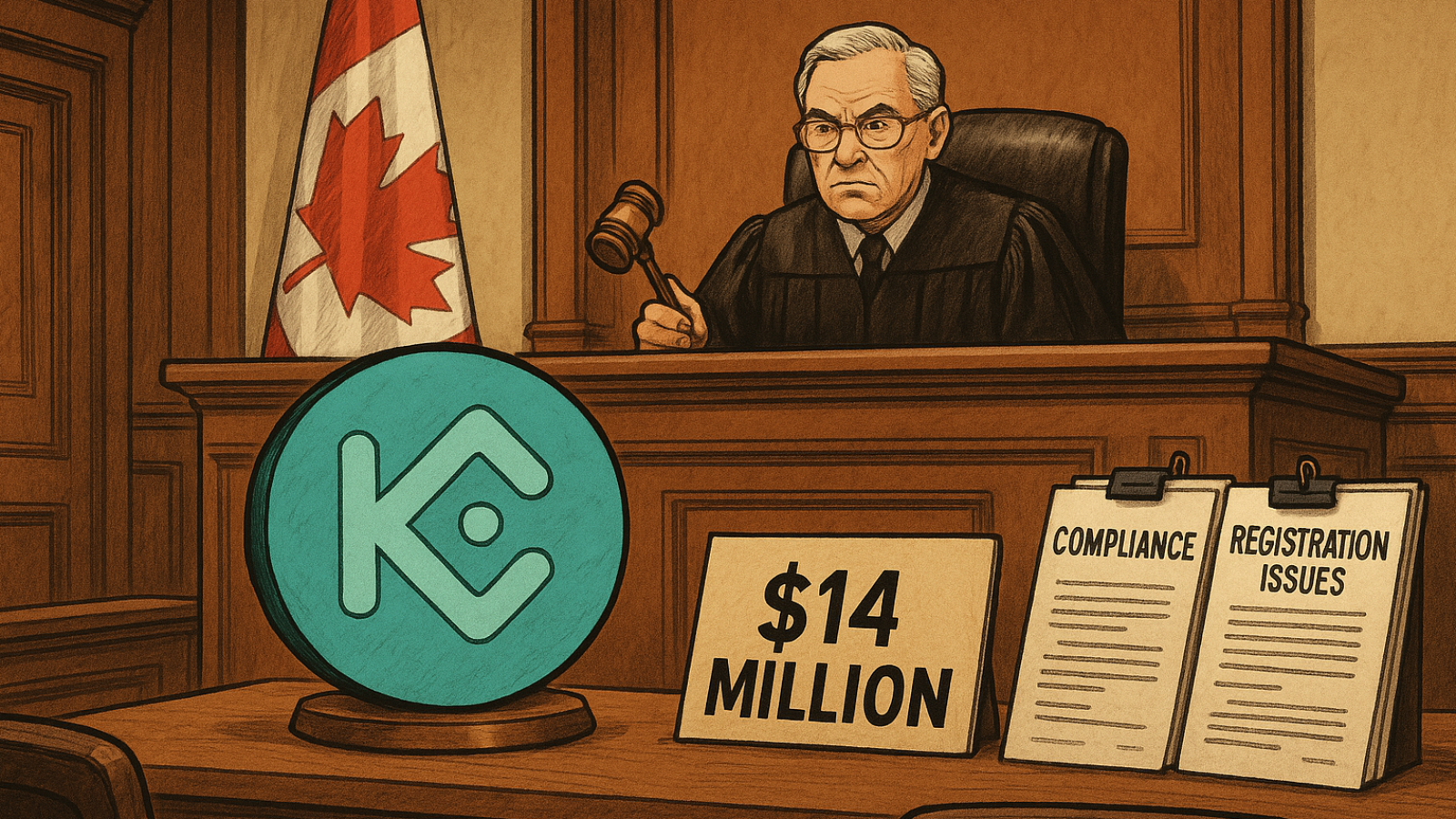
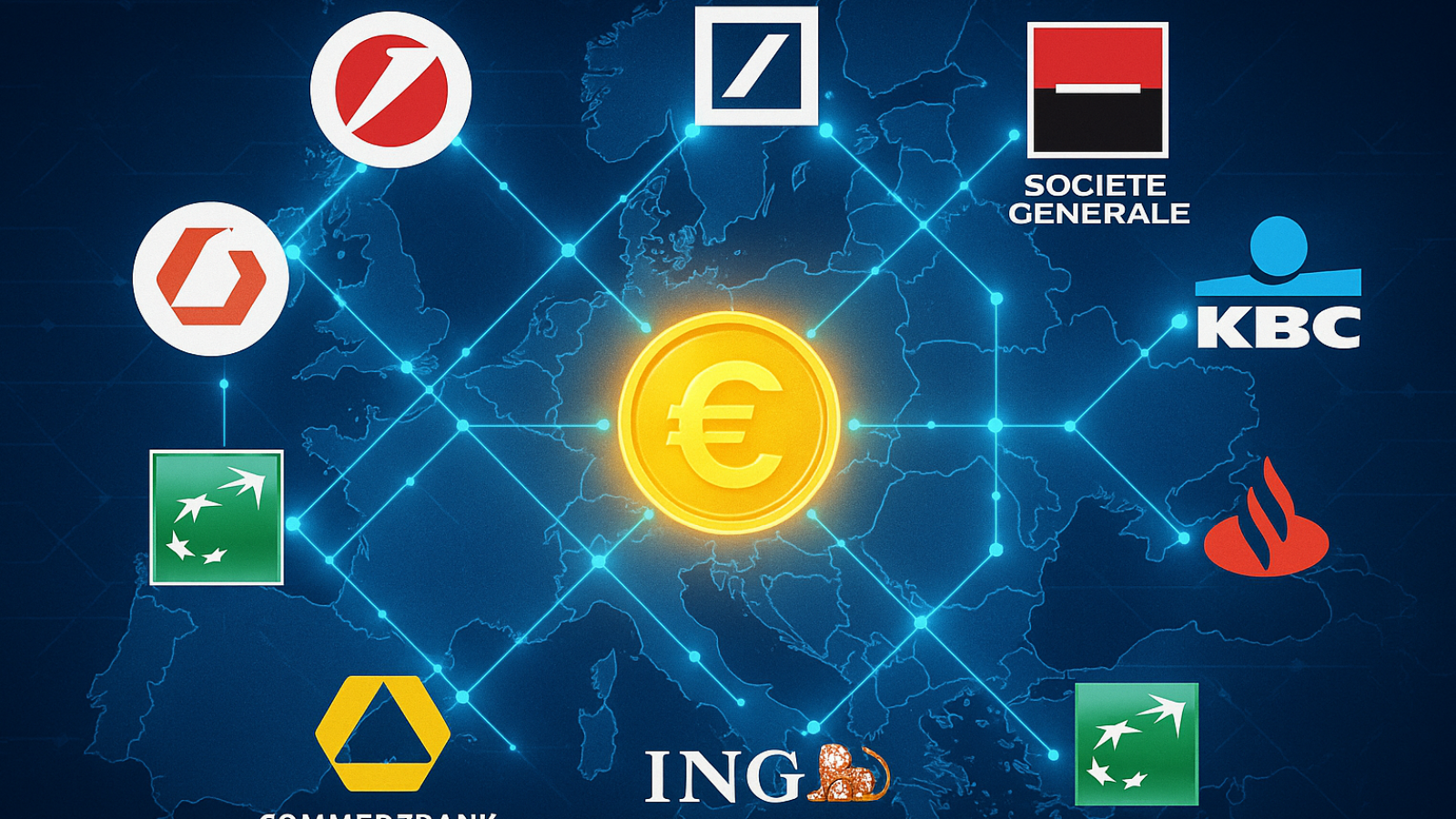


















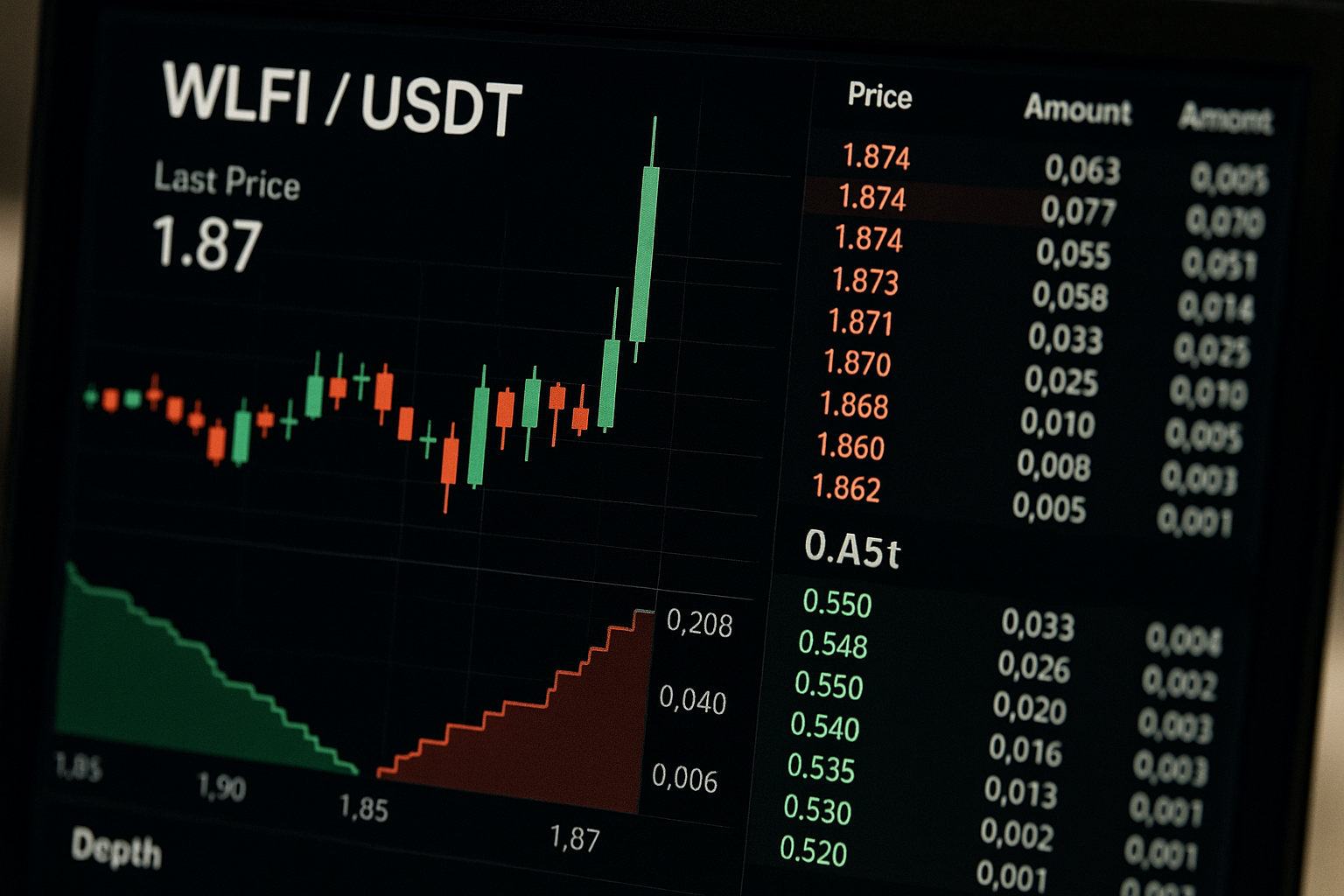





.png)
.png)












.svg)
.svg)
.svg)
.svg)
.svg)
.svg)